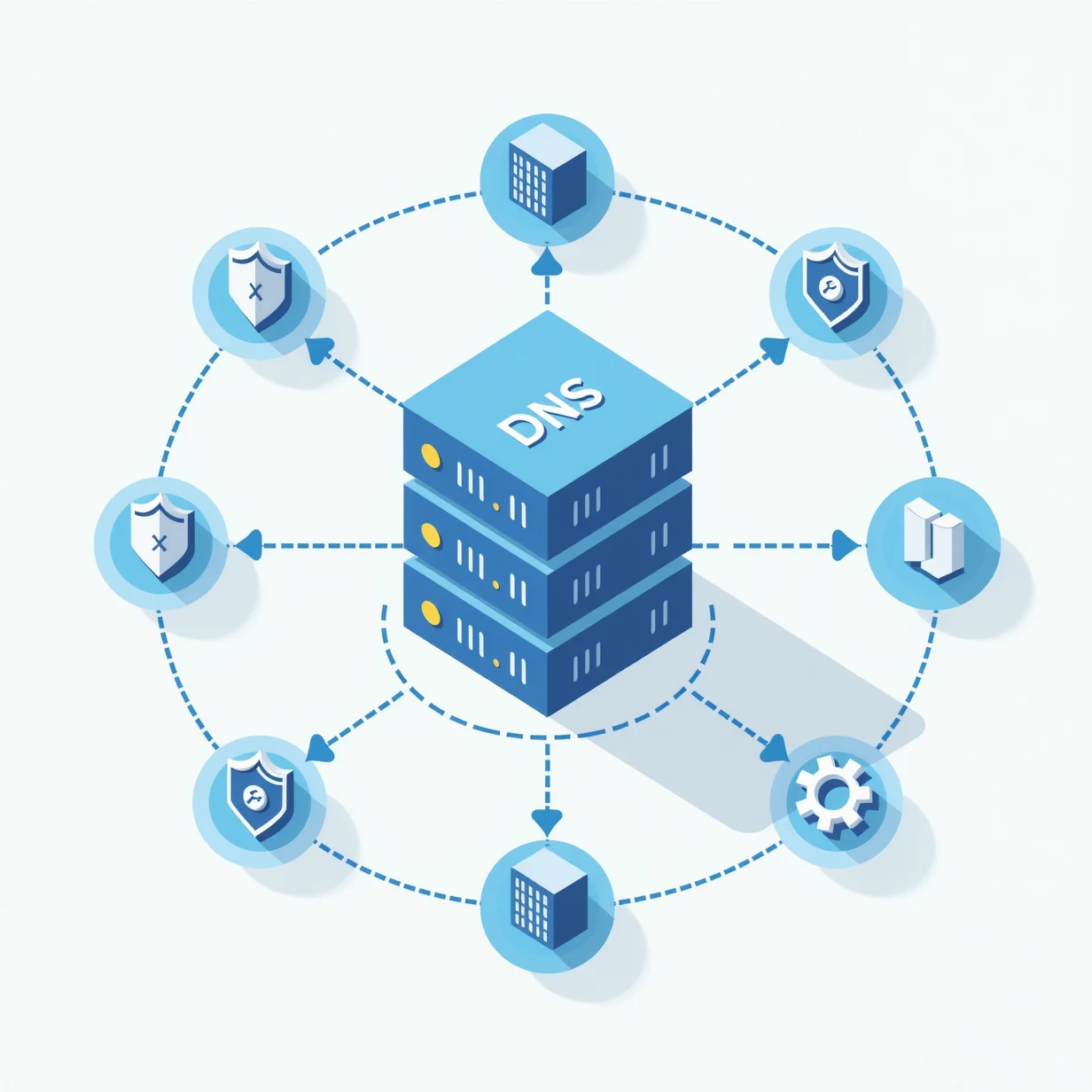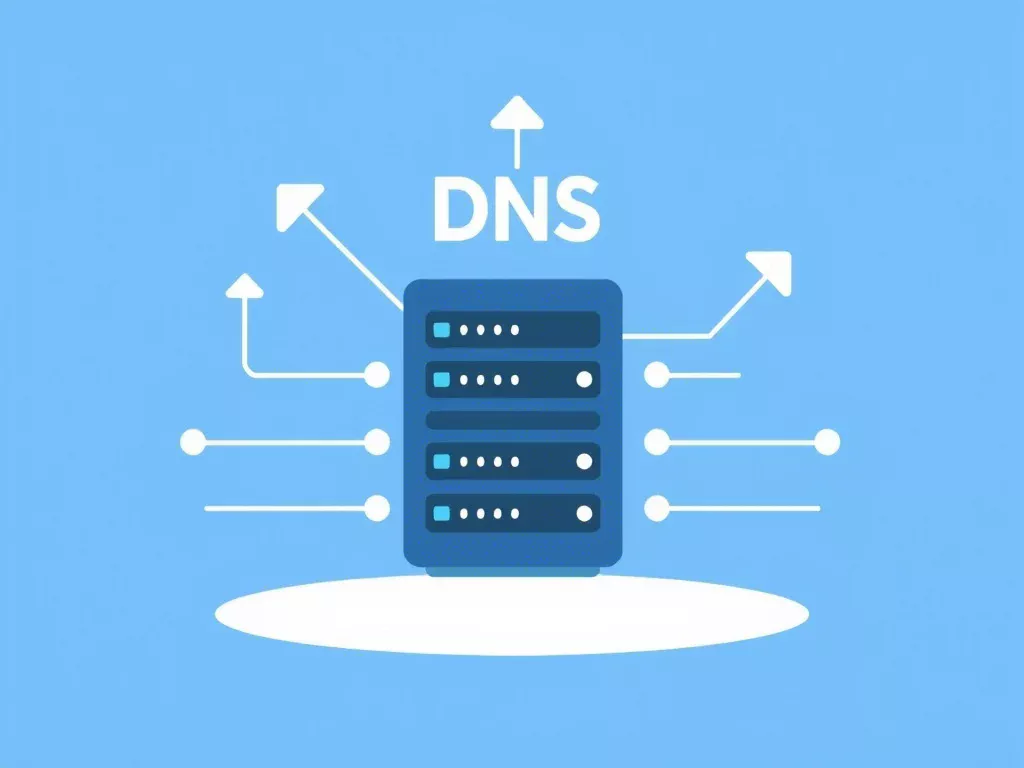
Best Practices for Managing DNS Servers on VPS Hosting
Domain Name System (DNS) servers form the backbone of the internet, acting as the essential translators between human-readable domain names and machine-readable IP addresses. When managing DNS servers on Virtual Private Server (VPS) hosting, implementing proper practices isn't just about maintaining uptime—it's about ensuring the security, reliability, and performance of your entire online infrastructure. At ENGINYRING, we understand the complexities involved in DNS server management, and we're here to guide you through the best practices that will help you build and maintain a robust DNS infrastructure.
Understanding DNS Server Architecture: Beyond the Basics
Before diving into management practices, it's crucial to understand the intricacies of DNS server architecture. While many administrators are familiar with the basic concept of DNS resolution, the underlying architecture is far more complex and requires careful consideration for optimal performance.
Primary (Master) DNS servers serve as the authoritative source for zone data, maintaining the original copies of all zone records. These servers handle the critical task of managing zone files and controlling how zone transfers occur. However, running a primary DNS server comes with significant responsibilities. Every change to your DNS records must be made on the primary server, and any misconfiguration here can cascade throughout your entire DNS infrastructure. For instance, a simple typo in a zone file could result in widespread resolution failures across all dependent domains.
Secondary (Slave) DNS servers play an equally important role by providing redundancy and load distribution. These servers automatically synchronize with their master servers through zone transfers, maintaining up-to-date copies of zone data. The relationship between primary and secondary servers must be carefully managed to ensure proper replication while maintaining security. Consider a scenario where a secondary server loses connectivity with its master—proper configuration ensures it continues serving cached zone data while attempting to re-establish synchronization.
Caching servers, while often overlooked, are crucial for performance optimization. These servers store recently requested DNS records, reducing query times and network traffic. A well-configured caching server can reduce external DNS queries by up to 80%, significantly improving response times for your users. The key lies in proper cache tuning—setting appropriate Time To Live (TTL) values based on your specific needs.
Securing Your DNS Infrastructure
Security in DNS management isn't a single feature or setting—it's a comprehensive approach that must be implemented at multiple levels. Modern DNS servers face numerous threats, from DDoS attacks to cache poisoning attempts, making robust security measures essential. In 2023 alone, DNS-based attacks increased by 23%, highlighting the critical importance of proper security measures.
Access Control and Authentication
Access control begins with properly configured BIND Access Control Lists (ACLs). While the basic concept seems straightforward, effective implementation requires careful planning. For example, instead of using broad network ranges, define specific ACLs for different purposes: one for allowed queries, another for zone transfers, and separate ones for dynamic updates. This granular approach provides better security control and easier troubleshooting.
Consider this practical example: You're managing DNS for a corporate network with multiple office locations. Instead of allowing zone transfers from any internal IP, create specific ACLs for each location's secondary servers. Combine this with TSIG authentication keys unique to each location. This way, even if one office's network is compromised, the attacker can't perform zone transfers from other locations.
TSIG (Transaction SIGnature) authentication adds a crucial layer of security to DNS transactions. The implementation process requires careful planning:
- Generate unique TSIG keys for each server pair using strong algorithms (preferably SHA-256 or stronger)
- Implement secure key distribution methods, possibly through encrypted channels or manual secure transfer
- Configure both servers to require TSIG for zone transfers
- Regular key rotation (recommended every 3-6 months)
DNSSEC Implementation and Management
DNSSEC adds cryptographic signatures to DNS records, preventing tampering and spoofing attacks. However, proper implementation requires careful planning and ongoing management. The process begins with key generation and signing, but the real challenge lies in maintaining this security over time.
Key management in DNSSEC involves two types of keys: Zone Signing Keys (ZSK) and Key Signing Keys (KSK). Each serves a specific purpose and requires different handling:
ZSK Management:
- Generate new keys every 1-3 months
- Use automated signing tools to maintain signature validity
- Implement pre-publication rollover method
- Monitor signature expiration dates
KSK Management:
- Plan rollovers 3-6 months in advance
- Coordinate with parent zone operators
- Maintain secure offline storage for private keys
- Document emergency procedures for key compromise
Performance Optimization and Resource Management
DNS server performance directly impacts the user experience of every service depending on it. Proper optimization involves understanding and managing several key areas:
Memory Management and Caching
Memory usage in DNS servers primarily revolves around cache management. The goal is to maintain optimal cache sizes without overloading system resources. For example, on a VPS with 4GB RAM, you might allocate 1GB for DNS cache, leaving adequate memory for other system processes. Key configuration parameters include:
- Cache size limits based on available memory
- TTL values optimized for different record types
- Negative caching parameters for non-existent domains
Consider implementing a tiered caching strategy where frequently accessed records get longer TTL values, while rapidly changing records (like CDN entries) use shorter TTLs. Monitor cache hit rates and adjust accordingly—aim for at least an 80% cache hit rate for optimal performance.
Query Processing Optimization
Query handling efficiency significantly impacts overall DNS server performance. Modern DNS servers should be configured to handle both IPv4 and IPv6 queries efficiently. Some key optimization techniques include:
For BIND servers:
- Enable minimal-responses to reduce response size
- Implement prefetch for frequently accessed records
- Configure optimal UDP buffer sizes
- Enable response-rate limiting to prevent abuse
Monitoring and Maintenance Procedures
Effective DNS server monitoring is crucial for maintaining reliable service. A comprehensive monitoring strategy should include:
Real-time Monitoring
Implement monitoring for key metrics including:
- Query response times (aim for <10ms for cached responses)
- Cache hit rates
- Query types and distribution
- Error rates and types
- Zone transfer success/failure rates
Use monitoring tools that can alert you when predefined thresholds are exceeded. For example, set up alerts for:
- Response times exceeding 100ms
- Cache hit rates dropping below 70%
- Unusual spikes in query rates
- Failed zone transfers
Log Management and Analysis
Proper log management is essential for troubleshooting and security analysis. Implement a structured logging strategy that includes:
- Separate logs for queries, security events, and system messages
- Log rotation policies based on size and time
- Automated log analysis tools for pattern detection
- Regular log review procedures
High Availability and Disaster Recovery
Maintaining DNS service availability requires careful planning and implementation of redundancy at multiple levels. Consider implementing:
Server Redundancy
Deploy DNS servers across multiple geographical locations and networks. A typical high-availability setup might include:
- Primary server in your main datacenter
- Secondary servers in different geographical locations
- Load balancers for query distribution
- Automated failover mechanisms
Backup and Recovery Procedures
Implement comprehensive backup procedures including:
- Daily zone file backups
- Configuration file backups
- DNSSEC key material backups
- Regular recovery testing
Professional Implementation and Support
At ENGINYRING, we provide comprehensive VPS hosting solutions optimized for DNS server deployment. Our expertise includes:
- Custom server configuration based on your specific needs
- Performance optimization and monitoring setup
- Security hardening and ongoing maintenance
- 24/7 support and monitoring
Our management solutions include:
- cPanel management for easy administration
- DirectAdmin management for efficient server control
- Proxmox management for advanced virtualization needs
Need expert assistance with DNS server management? Contact us today to discover how our VPS solutions can enhance your DNS infrastructure.








